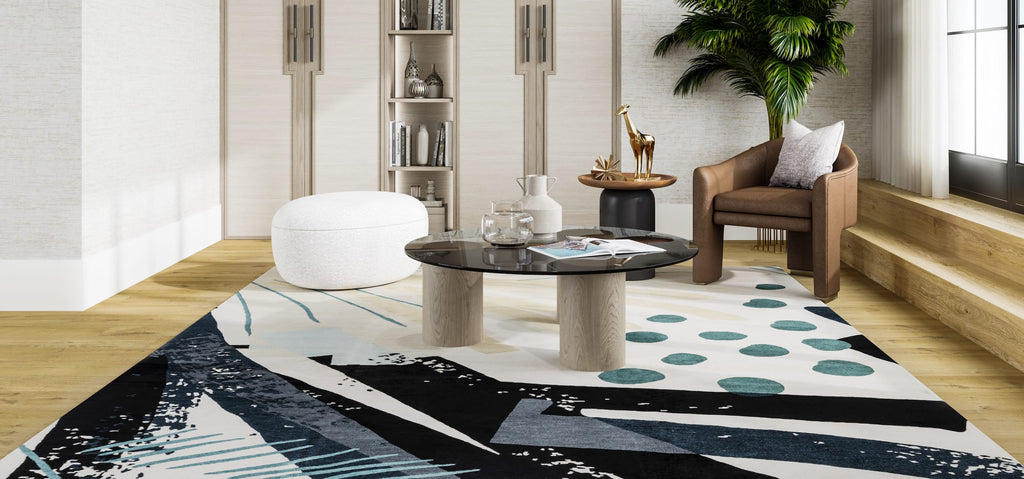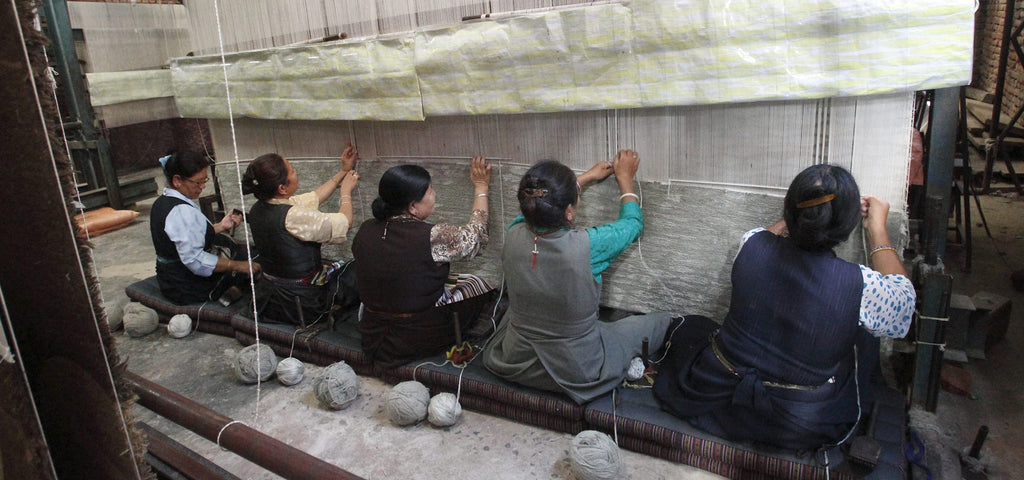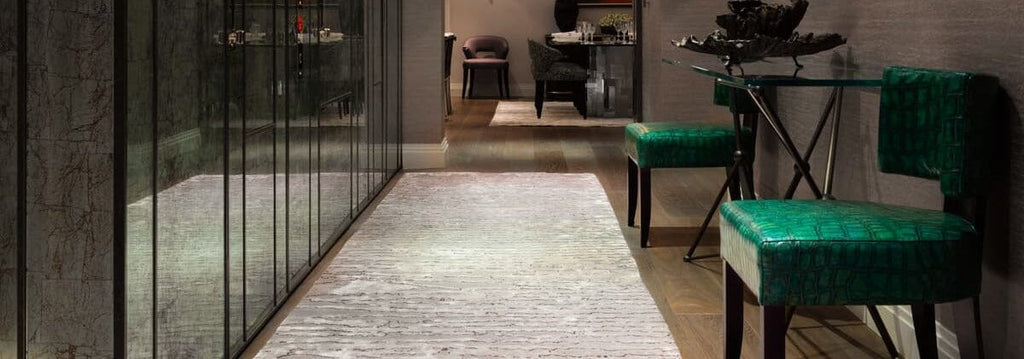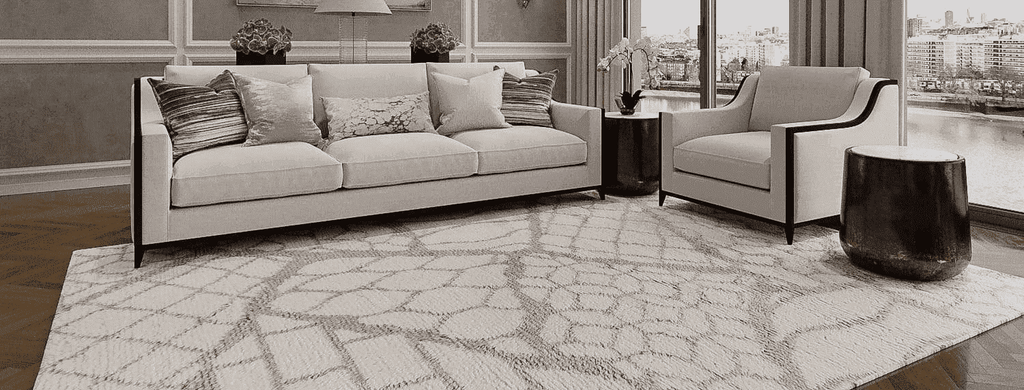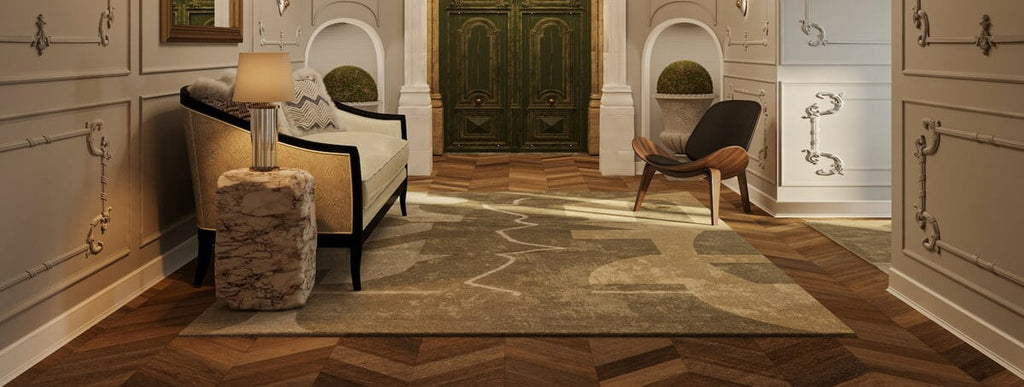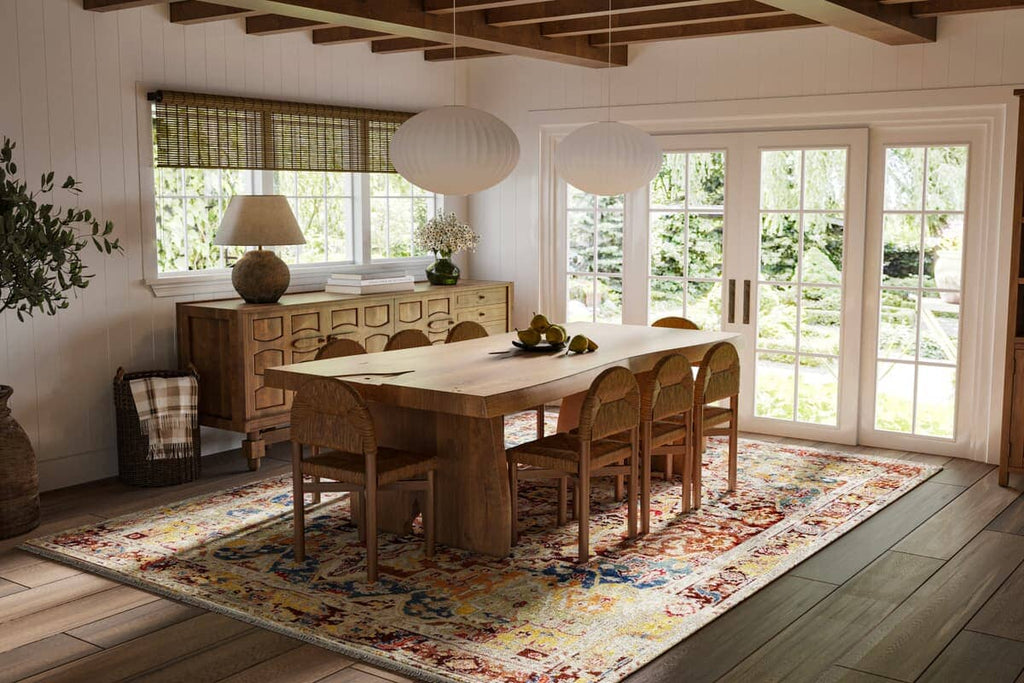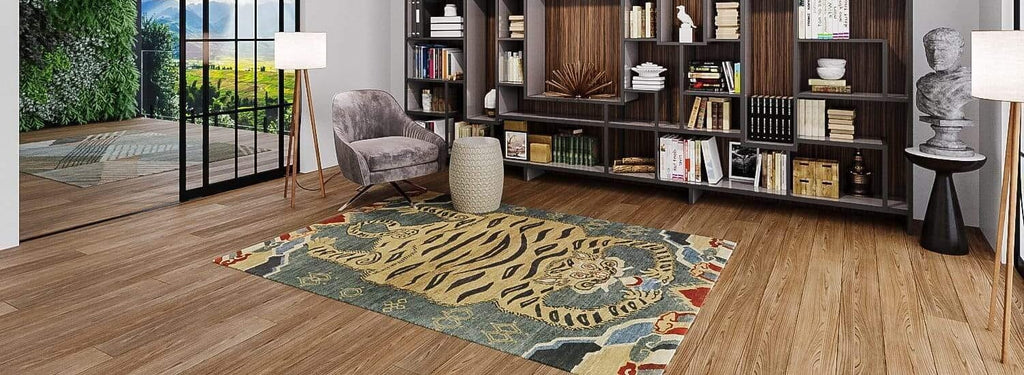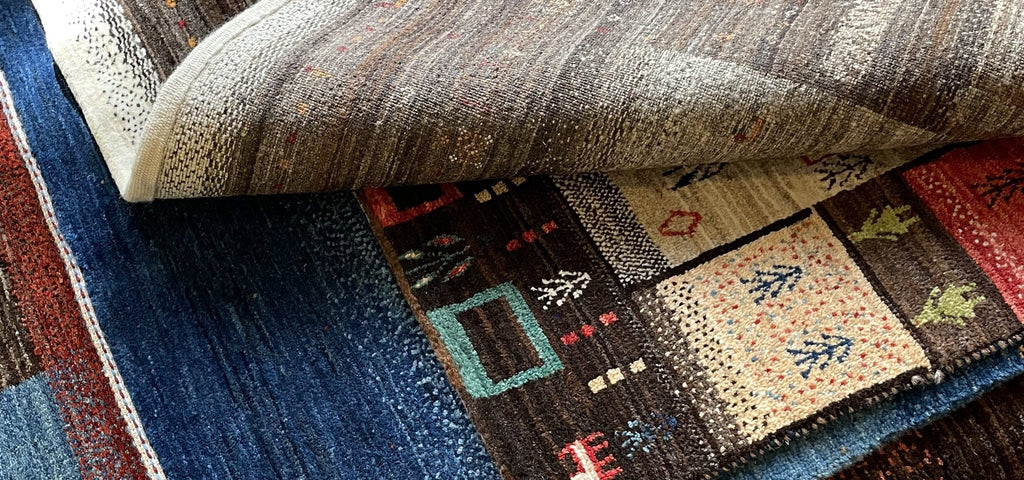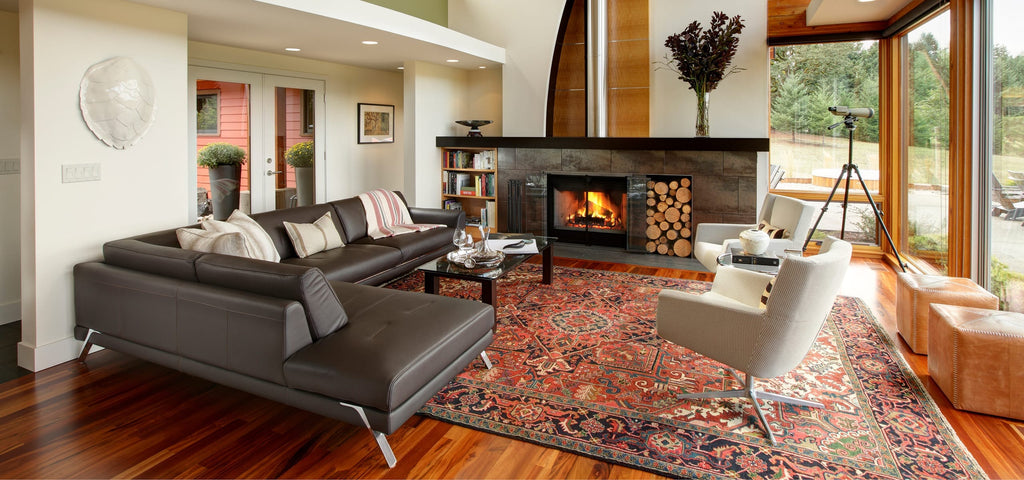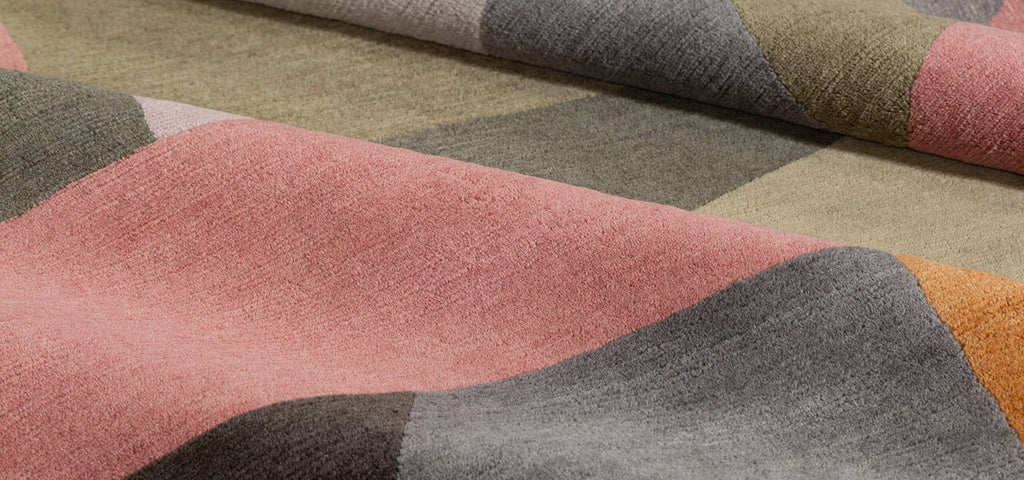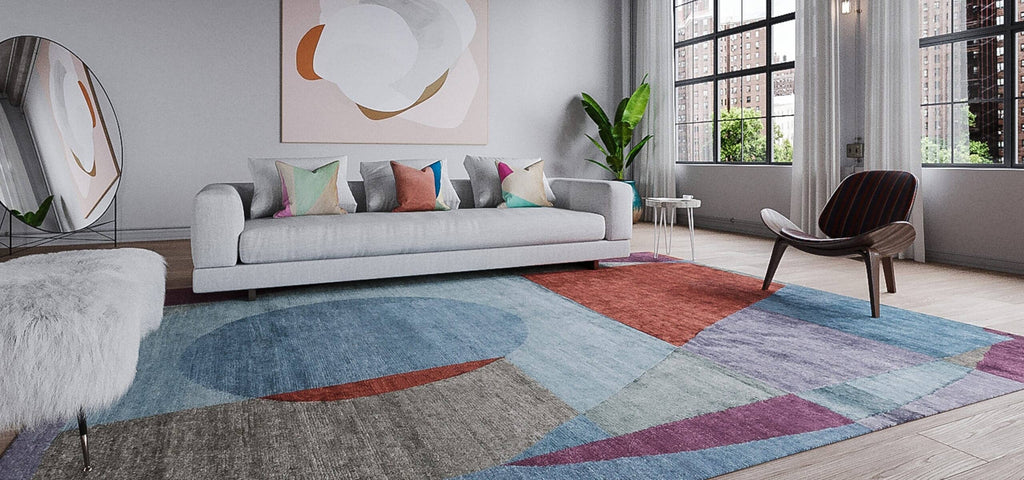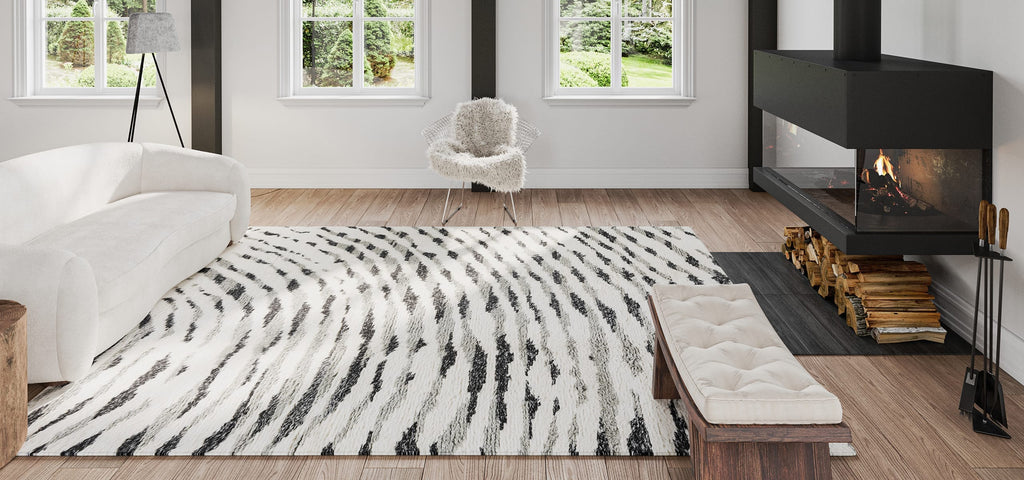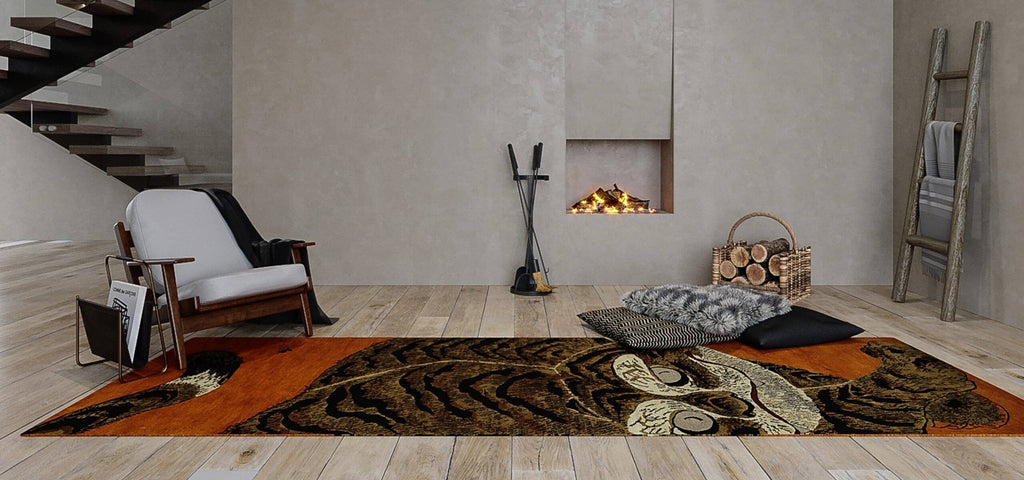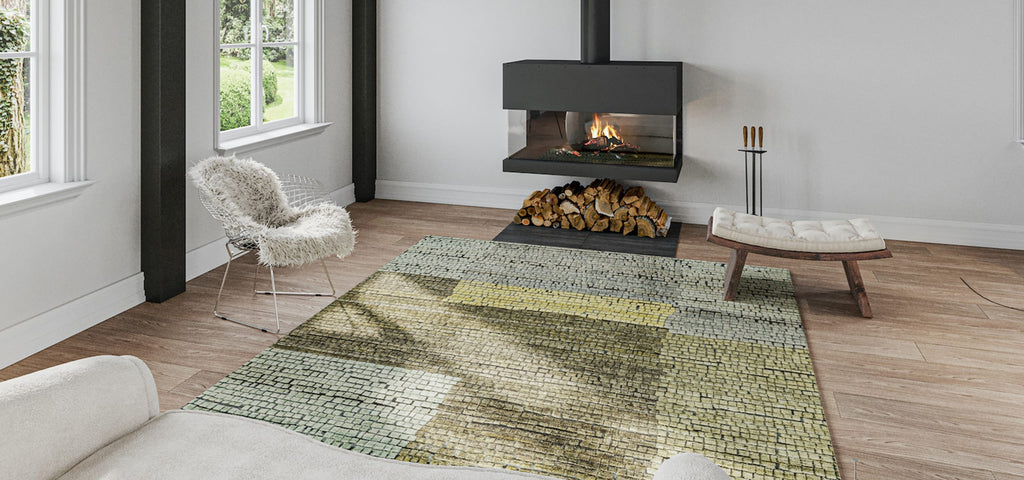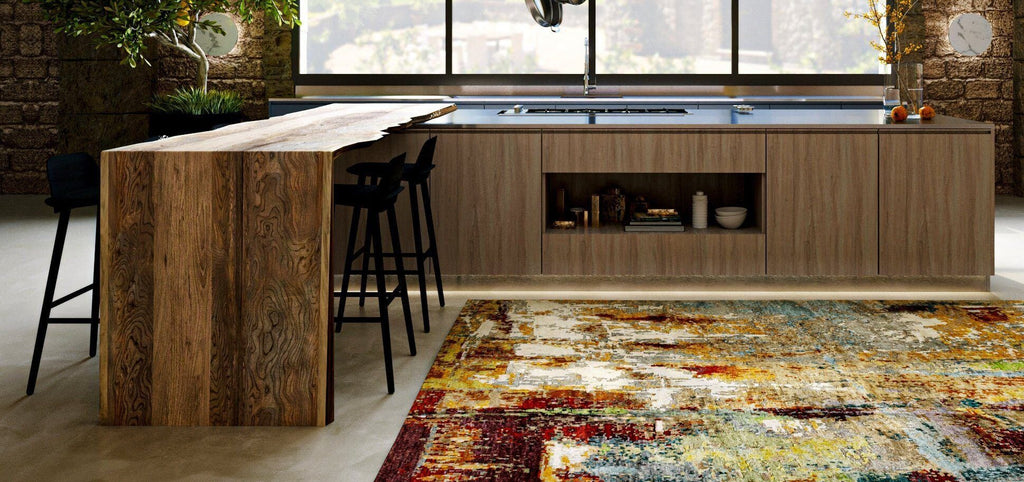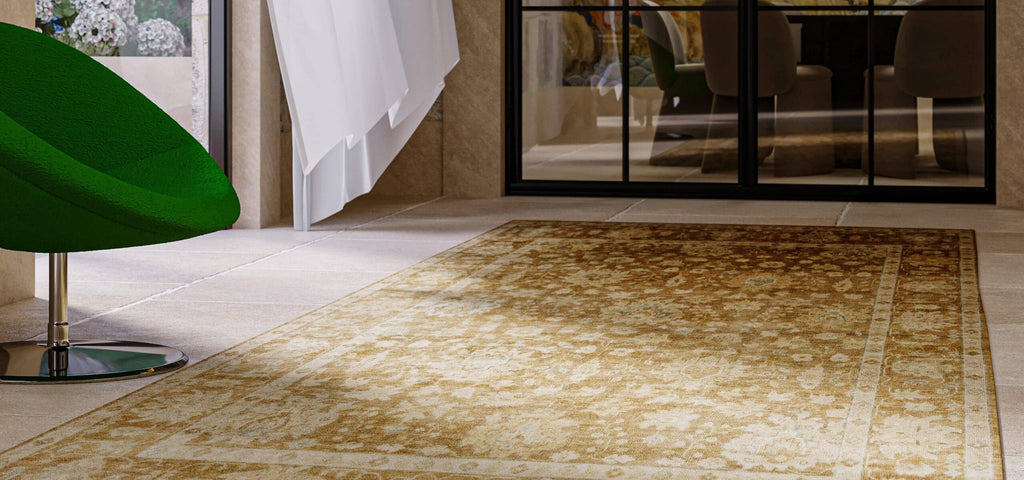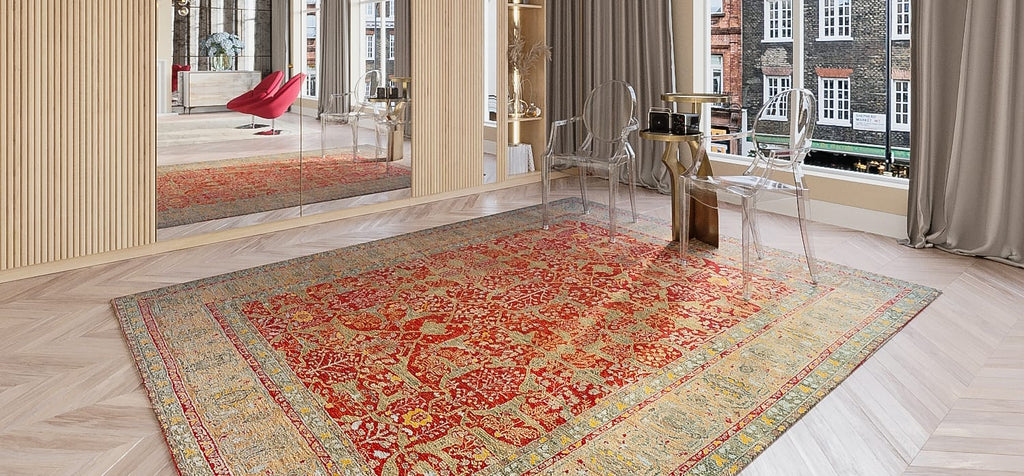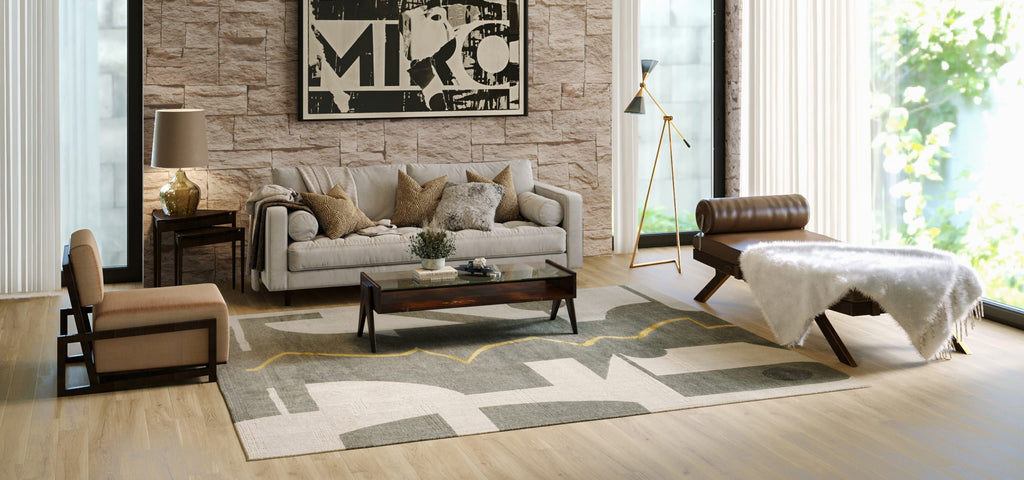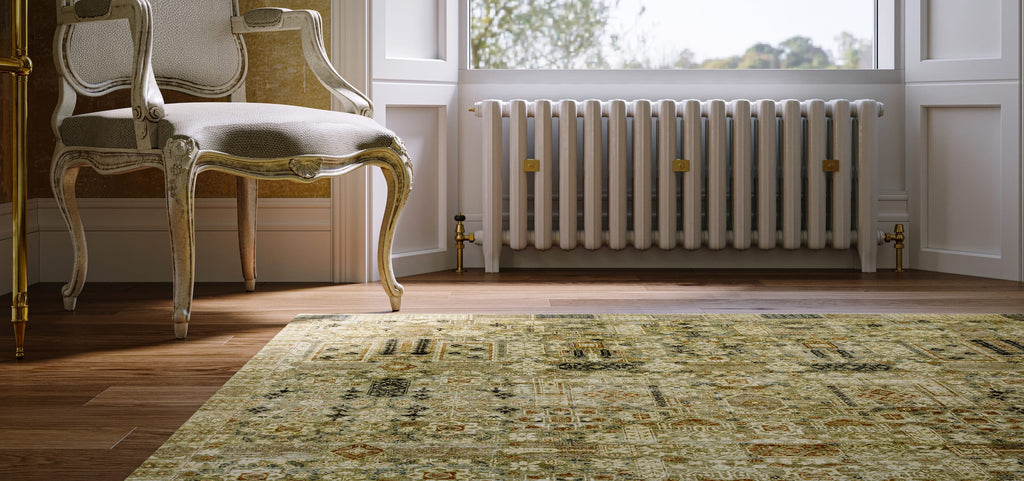Armenian sources refer to carpets being used to adorn the floors and walls of churches from the 5th century, and describe their use for sitting on during meals. Records, literature, and historical accounts from Greek, Iranian, Arabic, Bulgarian, and other sources comment with respect on Armenian carpets given in tribute or as taxes, taken as booty, or simply as objects of admiration from pre-Christian times. Surprisingly, Arab sources refer to the supremacy of Armenian prayer rugs, often thought of as the quintessential Islamic art form. What is so remarkable from historic accounts is that the carpets made were not simply small products of home looms, but were the result of organized, commercial enterprises that created huge works of exceptional beauty. A single carpet sometimes covered as much as 60 square meters (600 square feet)!
All of this began to change, as did the association of Armenians with weaving of great carpets, when the last Armenian kingdom of Cilicia in what is now southeastern Turkey fell to Egyptian Mamluks in the 13th century. At that time, many Armenians fled their homeland, settling in Transylvania, Poland, Crimea, and Iran. Not coincidentally, it was during this time that highly developed carpet weaving began in these, and other countries, as the Armenians carried their craft with them, and transferred it to the local populations of their host countries. The Egyptian Mamluk carpets of this time are a notable example.
At the beginning of the 17th century, the Persian Shah Abbas transplanted 100,000 Armenians from their homes in Julfa (Anatolia) to New Julfa, constructed outside of the Iranian holy city of Isfahan. He gave them a monopoly on the trade of silk, sending them to India where they created flourishing trade outposts. It is from this time that the great Persian carpets, as well as the Moghul carpets of India, began to be created. At the same time, the famous Polish court carpets known as Polonaise were woven in Isfahan and presented to the royalty of Poland which by then had a thriving community of more than 100,000 Armenians. Great carpet weaving followed the Armenians wherever they settled, but unfortunately the Armenian contribution to weaving became obscure, as Armenians, a people without a country, came to be thought of as traders who brought the carpets of their adoptive lands to the corners of the world.
In modern times, Armenian carpet weaving has been primarily identified with the great carpets of the Caucasus and Northwestern Iran which, until recently, was heavily populated by Armenians. Going back to the great Caucasian Dragon carpets of the 16th century, continuing with the French-influenced floral carpets made in Nagorno Karabagh for the Russian aristocracy in the early 19th century, Armenian Caucasian carpets are as magnificent as they are diverse. Prized by collectors for the past half century, these carpets are characterized by their bold designs, brilliant colors, and velvety wool pile.
During Soviet times, the cottage industry of carpet weaving, practiced by most Armenian women of the time, was slowly strangled. Individual enterprise was discouraged, and the carpet industry was centralized in a single, massive state enterprise which had a monopoly on the production of carpets. Not surprisingly, Soviet values were not conducive to the propagation of a great folk art tradition. The state enterprise produced carpets with an emphasis on quantity and conformity, without respect for the art form. The result was carpets as bland and uninspired as the workplace in which they were created.
Fortunately, with the independence of Armenia and the fall of the Soviet system, there is now a movement underway to revive the great carpet making of the past. Paramount are the old values: use of the best indigenous Caucasian mountain wool, yarn made entirely by hand, dyes reminiscent of the great carpets of the past, the process of design and production the inspiration, and respect for the art that was lost for the past 50 years. Armenia is rich in prized wools, and the crafts of spinning and weaving have survived in homes throughout the country in spite of Soviet suppression.
Moving forward, organization, financing, and the marketing inspiration to guide the process towards producing great carpets with a ready market were needed, and have been found in several small enterprises in Karabagh and Armenia, and on a larger scale with Tufenkian’s facilities in Yerevan, and seven regions of the country. With everything under its control, from flocks of sheep to its modern design and administrative center in Yerevan, it is bringing to market in the west more than 10,000 square feet of carpet each month through its world-wide network of dealers. In the process, it employs more than 1000 workers, providing a steady livelihood for as many families in the difficult economic situation of post-Soviet Armenia.


